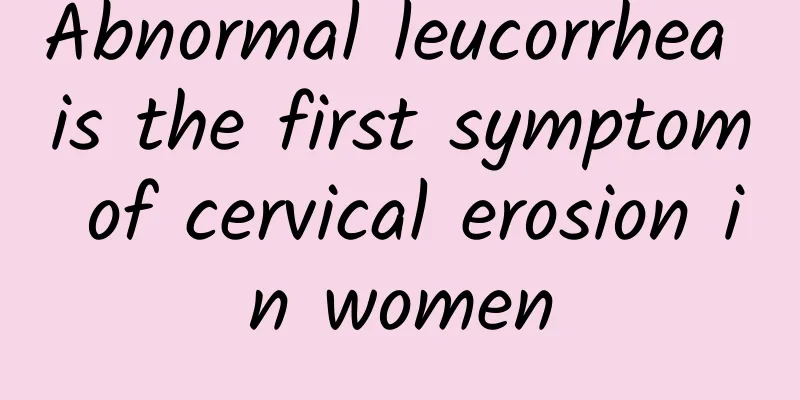How to treat congenital absence of vagina

|
As we all know, congenital absence of vagina can have a serious impact on women's fertility, so what is the treatment for congenital absence of vagina? Female friends with congenital absence of vagina are eager to get the answer to this question. Experts explain that the treatment of congenital absence of vagina is divided into non-surgical treatment and surgical treatment. The most commonly used clinical treatment is surgical treatment, that is, artificial vaginoplasty. Congenital absence of vagina directly affects female fertility and has a great impact on women's psychology and physiology. The following experts will give a detailed introduction to the manifestations and treatment of congenital absence of vagina. Congenital absence of vagina is generally asymptomatic. Most patients seek medical attention due to primary amenorrhea during puberty or sexual difficulties after marriage. If there is a uterus, the patient will experience lower abdominal pain due to blood accumulation in the uterine cavity after menstruation. The vulva is normally developed, with no vaginal opening or only a shallow pit. An enlarged uterus can be felt during an anal examination. Treatment of congenital absence of vagina: For patients with congenital absence of vagina, artificial vaginoplasty is generally performed clinically. For patients with normal uterine development, artificial vaginoplasty should be performed as soon as possible after menstruation to allow smooth drainage of blood accumulation in the uterine cavity and preserve the uterus and fertility. For patients whose uterus cannot be preserved, hysterectomy should be performed. It is very important for patients to communicate with doctors before surgery. For those without uterus or with only traces of uterus, artificial vaginoplasty should be performed 6-12 months before marriage. The main surgical methods include free flap vaginoplasty, amniotic membrane vaginoplasty, peritoneal vaginoplasty, vulvar vaginoplasty, sigmoid colon vaginoplasty, and top pressure vaginoplasty. The above is a detailed introduction to the treatment of congenital absence of vagina. Patients do not need to worry about not being able to receive treatment. Congenital absence of vagina can lead to primary amenorrhea in women. If a girl has not had her period before the age of 18, she should go to the hospital to check the cause. |
<<: Treatment of congenital absence of vagina
>>: The best treatment for congenital absence of vagina
Recommend
What are the aspects of menopause examination?
Do women still need to undergo gynecological exam...
Unhygienic sex life can lead to bacterial vaginosis
With the development of medicine, vaginitis has b...
How to treat chronic cervicitis in women? Complete list of treatments for chronic cervicitis in women
Chronic cervical inflammation is a problem that m...
Women with heavy menstruation should not be careless, beware of three diseases that are the real culprit
The normal menstrual volume for women is between ...
Can ovarian cysts be delivered naturally? Will they disappear on their own?
Ovarian cysts are a relatively common gynecologic...
How to treat premature ovarian failure
Premature ovarian failure often occurs in young p...
What to do if you feel pain during early pregnancy abortion?
According to the World Health Organization (WHO),...
Acute pelvic inflammatory disease requires correct diagnosis
Acute pelvic inflammatory disease is a common gyn...
Symptoms of vaginal candidiasis during menstruation
Symptoms of vaginal candidiasis during menstruati...
What yoga moves can I do for uterine adenomyosis? What surgery is best for uterine adenomyosis?
Uterine adenomyosis is a common gynecological dis...
Protein builds muscle and reduces fat! More powerful with B complex
The trend of losing weight through exercise is pr...
Say goodbye to emotional pain! The petite woman lost 30 kg
Saying goodbye to an old lover can make you feel ...
Four aspects of nursing care for patients with uterine fibroids after surgery
Uterine fibroids are a common gynecological disea...
How can women with cervical erosion be cured? What medicine is effective for women with cervical erosion?
What is cervical erosion? Experts say that cervic...
Is fungal vaginitis serious?
Is fungal vaginitis serious? Candidiasis vaginiti...









